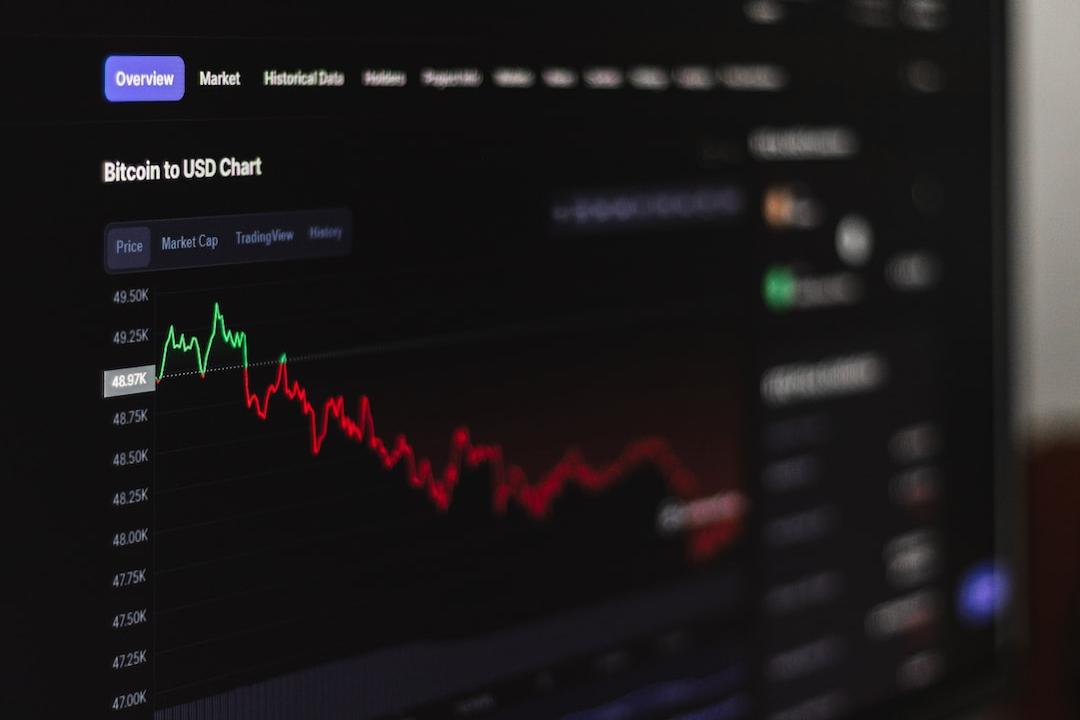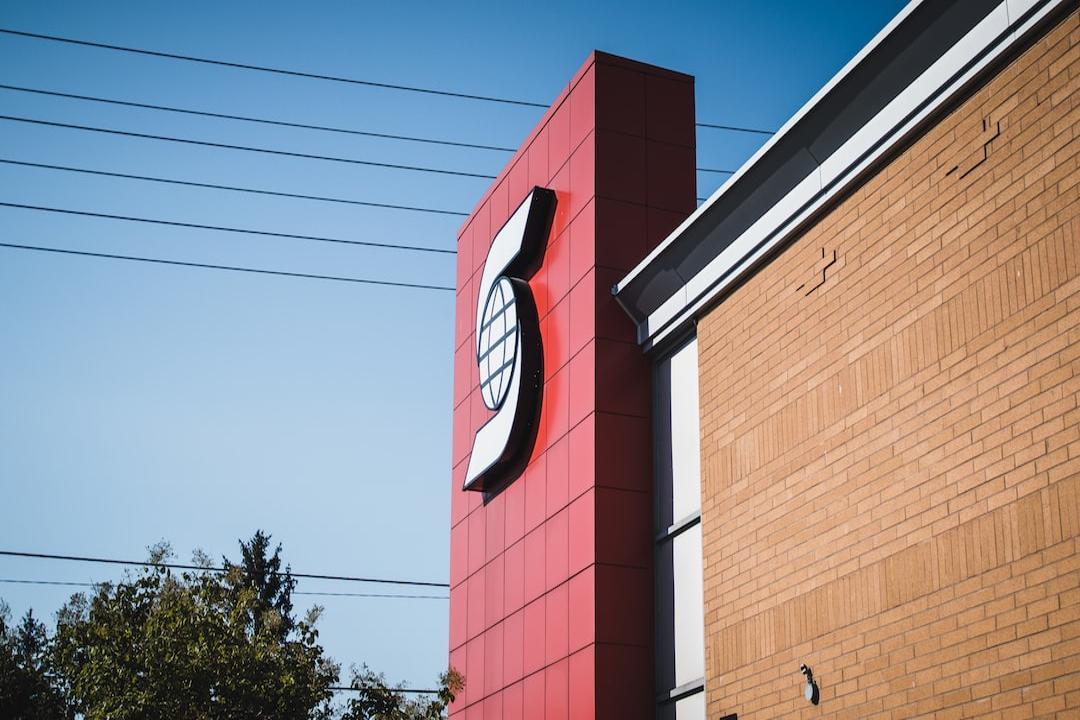Daily Selection of the Most Important Blockchain News and Exclusive Interviews
Join the official LINE account of “WEB3+”
The Layer2 track of blockchain has exploded and is recognized as one of the major trends of this year (2023) by important investment institutions in the crypto world such as a16z and Paradigm.
Layer 2 solutions like Polygon, Optimism, Arbitrum, and the recent popular ones like Base and Shibarium have emerged one after another.
In addition, with the upcoming Ethereum upgrade at the end of this year, the most important upgrade proposal “EIP-4844” is expected to directly impact the development of Layer 2 and has made more people optimistic about the development of Layer 2-related projects.
So what are Layer 1 and Layer 2? And how does the market view the development of Layer 2? Let’s find out.
️Further Reading:
46% of investors believe that “Ether will surpass Bitcoin”! What are the four reasons behind this? In-depth analysis
Layer 1: The foundation of blockchain architecture
Layer 1 refers to the foundational layer of the blockchain architecture. The blockchain is like a huge distributed ledger (DLT) where computer nodes from all over the world work together to handle all the transaction accounting on the blockchain. This ensures the “decentralization” of the blockchain and also ensures the “security” of the chain through distributed accounting.
If we use a road as an analogy, Layer 1 is like the most common flat road, where all vehicles (transactions) can travel on it. Layer 1 can complete all verification and execution of transactions on the native blockchain without relying on other external systems or the state of the blockchain.
The most famous Layer 1 blockchains include the original blockchain Bitcoin, Ethereum, and the later-born Solana, Meta, and the recently launched Sei blockchain.
️Further Reading:
Sei blockchain mainnet is live! Why is it 10 times faster than Solana and the best for trading?
Understanding the “Trilemma of Blockchain” before Layer 2
However, Layer 1 blockchains have the famous “Blockchain Trilemma” or “Trilemma of Blockchain Impossibility” problem.
This problem was proposed by Vitalik Buterin, the founder of Ethereum, in 2017. He stated that for most blockchains, it is difficult to simultaneously satisfy the three characteristics of “security,” “decentralization,” and “scalability,” and at most, only two can be satisfied at the same time.
In blockchain, “security” can be ensured by the number of nodes. The more nodes there are, the more difficult it is for hackers to control more than 51% of the nodes to control the entire blockchain, making the blockchain more “decentralized.”
Some consortium blockchains bind “security” to nodes, where all nodes are known and trusted validators. However, these types of consortium chains still require trust mechanisms, which contradict the main focus of blockchain, which is “decentralization” without the need for trust mechanisms.

Layer 1 blockchains have the famous “Blockchain Trilemma” or “Trilemma of Blockchain Impossibility” problem.
“Scalability” can also be seen as the “efficiency” of the blockchain network when verifying transactions.
The size of each block in the blockchain network is limited, so transactions need to be arranged in order, and the amount of transactions that can be processed at a time is also limited. In addition, the blockchain relies on consensus algorithms among nodes to maintain the transaction security of the blockchain. However, the more nodes there are, the longer it takes to achieve consensus among the nodes.
Therefore, to develop “scalability,” it often requires reducing the number of operating nodes, sacrificing “decentralization” and “security.”

Solving the “efficiency” problem! The birth of “on-chain scalability” and “off-chain scalability”
In the early stages of blockchain technology development, to ensure “decentralization” and “security,” “scalability” was often the first characteristic that most blockchains had to sacrifice. To facilitate understanding, in the following discussion, “efficiency” will be used instead of “scalability.”
As the number of users using the blockchain increases, the “efficiency” of processing transactions gradually becomes a problem.
Take Ethereum as an example. The Ethereum blockchain can currently only process about 15 transactions per second (15 TPS). Therefore, when users flock to Ethereum, it can easily cause “traffic jams,” where too many transactions need to wait to be processed, resulting in slow processing speeds.

As the number of users using the blockchain increases, the “efficiency” of processing transactions gradually becomes a problem.
On Ethereum, all transactions require the payment of corresponding gas fees. The amount of gas fee depends on the complexity of the transaction and the speed of completion. If you want to complete a transaction faster, you need to pay additional “tolls” to have the transaction processed earlier. This also leads to high transaction fees during peak periods. It’s like taking a taxi in heavy rain, where you can pay extra to get a higher priority and match with a vehicle more quickly.
The same problem occurs with Bitcoin as well. For example, earlier this year, the Ordinals protocol for issuing NFTs on Bitcoin caused high transaction fees and slower transaction confirmation speeds.
To solve the “efficiency” issue of Layer 1, two main solutions have emerged: “on-chain scalability” and “off-chain scalability.”
“On-chain scalability”:
Also known as “Layer 1 scalability,” it refers to upgrading Layer 1 itself to improve its ability to process transactions and data. For example, the Ethereum Foundation’s upgrades to Ethereum fall under Layer 1 scalability.
“Off-chain scalability”:
Also known as “Layer 2 scalability,” this type of scalability solution mainly aims to relieve the burden on the Layer 1 mainnet. Taking Ethereum as an example again, Ethereum’s Layer 2 scalability refers to an independent blockchain built on top of Ethereum that relies on the Ethereum network to ensure security. By moving transactions off Ethereum for processing and then sending back the final results for settlement, transaction speeds can be increased, and costs can be reduced.
Since Layer 1 scalability usually involves high technical difficulty and requires community consensus to make changes to the mainnet, it is more time-consuming and takes a longer time to upgrade.
Layer 2 scalability solutions, on the other hand, do not require making changes to the blockchain mainnet, so they are relatively more flexible in terms of technical upgrades. They also benefit from the security provided by Layer 1. These characteristics have led to the current diverse landscape of Layer 2 solutions.
Layer 2: The scalability solution for blockchain mainnets
In theory, all Layer 1 blockchains can develop their own Layer 2 scalability solutions. For example, the Lightning Network is the Layer 2 protocol for Bitcoin.
But currently, in addition to Bitcoin, Ethereum mainnet has more “efficiency” issues compared to other Layer 1 blockchains and has a larger user base. Therefore, when mainstream narratives mention Layer 2, they mostly refer to Ethereum’s scalability solutions.
The early development of Ethereum Layer 2 technology can be roughly divided into five stages.
State Channels
Sidechains
Plasma
Rollup
Validium

Ethereum mainnet has more “efficiency” issues compared to other Layer 1 blockchains and has a larger user base. Therefore, when mainstream narratives mention Layer 2, they mostly refer to Ethereum’s scalability solutions.
Among them, the earliest developed technologies were State Channels, Sidechains, and Plasma, all of which have now fallen out of favor, replaced by the emerging Rollup technology, which is the most promising Layer 2 technology.
“Rollup” refers to compressing and packaging thousands of transaction data on the blockchain and then synchronizing the compressed data back to Ethereum. Therefore, it is sometimes translated as “packaging.” Rollup technology has two main features:
Feature 1: Off-chain execution
Like other Layer 2 solutions, Rollup also replaces Ethereum by processing smart contracts on another blockchain before returning the data to be stored on the Ethereum blockchain. As Ethereum needs to do less work and Rollup technology reduces the amount of data that Ethereum needs to store, transaction processing speeds can be accelerated, and transaction costs can be reduced.
Feature 2: Batch transactions
Rollup also packages the processed transactions into a “single” data, which is then returned to Ethereum. Therefore, for Ethereum, it only needs to process the “single” transaction returned from the Rollup blockchain on-chain.
For users, the cost of each transaction is shared among the other transactions that are processed together.
For example, if Rollup can package 100 transactions at a time, and the original cost of each transaction through Ethereum (gas fee) is 100 yuan, after using Rollup, the cost is shared, and each user only needs to pay 1 yuan for the transaction, reducing the transaction cost by distributing it with other transactions.
Rollup technology is considered by Ethereum founder Buterin to be the best solution to Ethereum’s scalability problem.
Among the various projects expected to be part of the Ethereum Cancun upgrade at the end of this year, the proposal EIP-4844 (Ethereum Improvement Proposal) is also considered the most important. After the upgrade, it will directly benefit the Layer 2 Rollup track.
️Further Reading:
There are too many Layer 2 solutions! The complexity of off-chain ecosystems, Solana founder: Most may not be sustainable in the long run
How to verify transaction correctness? Understanding the two types of Rollup technologies
Currently, the mainstream Rollup technologies on the market can be divided into two types: “Optimistic Rollups” and “ZK-Rollups,” which differ in the methods they use to verify the “correctness” of transactions.
Technology 1: Optimistic Rollups
As the name suggests, Optimistic Rollups use an “optimistic execution” mechanism, which assumes that all transaction results are correct and only looks for erroneous transactions when errors occur.
By using this approach, the number of transactions that the blockchain needs to verify can be reduced, saving a significant amount of computational cost and time.
In the mechanism of Optimistic Rollups, it is only responsible for compressing and packaging transaction data onto Ethereum. Only when someone questions a transaction will the data be retrieved from Ethereum and checked from the beginning to see if there are any dishonest transactions. This verification method is also called “fraud proof.”
Representative projects include Arbitrum, OP Mainnet (formerly Optimism), and Base, the latest popular Layer 2 blockchain built using OP technology by Coinbase.
️Further Reading:
Coinbase exchange “Base” mainnet is officially online! Targeting over 100 million users, highlighting 4 key features
Technology 2: ZK-Rollups
Full name “Zero Knowledge Rollups.” This technology is similar to Optimistic Rollups, where transactions are processed and then the results are returned and stored on Ethereum.
Different from the optimistic mechanism used by Optimistic Rollups, ZK-Rollups verifies the correctness of transactions through “validity proofs” instead of “fraud proofs.”

“Rollup” refers to compressing and packaging thousands of transaction data on the blockchain and then synchronizing the compressed data back to Ethereum, sometimes translated as “packaging.”
In the mechanism of ZK-Rollups, it always assumes that all transaction results are incorrect, so it needs to be verified first. After the verification is correct, ZK-Rollups will publish the packaged transaction results on the Ethereum chain.
However, what is published on Ethereum for ZK-Rollups is not the transaction data itself but the “zero-knowledge proof” (Zero Knowledge Proof) verification mechanism created by ZK-Rollup using cryptographic techniques called “SNARKs” or “STARKs.” This proof is then published on Ethereum.
Representative projects include zkSync and StarkNet. However, while ZK-Rollup is considered the most complete and secure mechanism that maintains user privacy while proving the authenticity of information, it is technically challenging to implement and currently has few practical applications as it is still in the development stage.
Daily Selection of the Most Important Blockchain News and Exclusive Interviews
Join the official LINE account of “WEB3+”
Proofread and edited by: Gao Jingyuan
“Understanding the ‘Layer2’ Boom: How is it Tackling Blockchain Congestion? Exploring Popular Projects and Getting a Clear Picture”
Related Posts
Add A Comment

